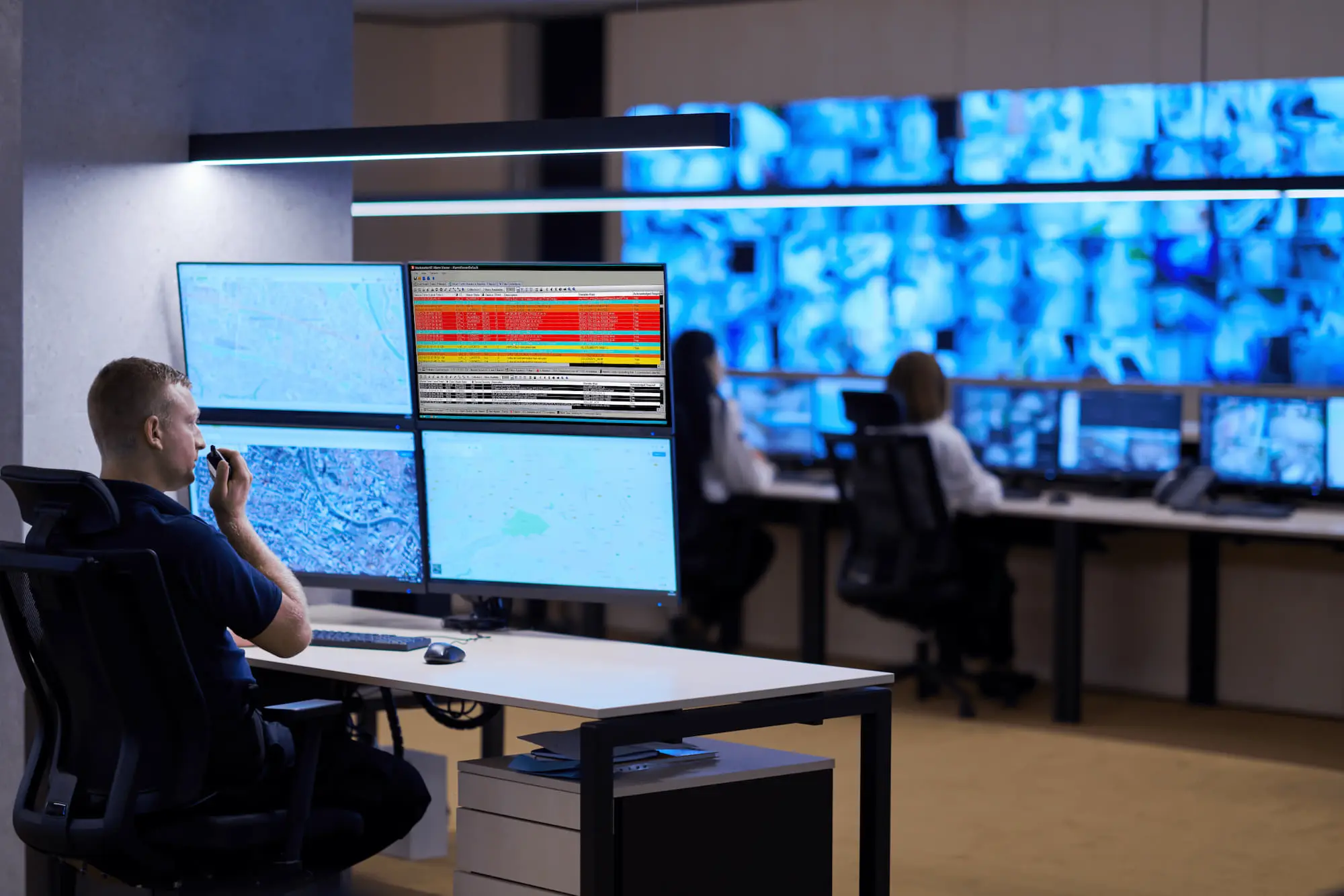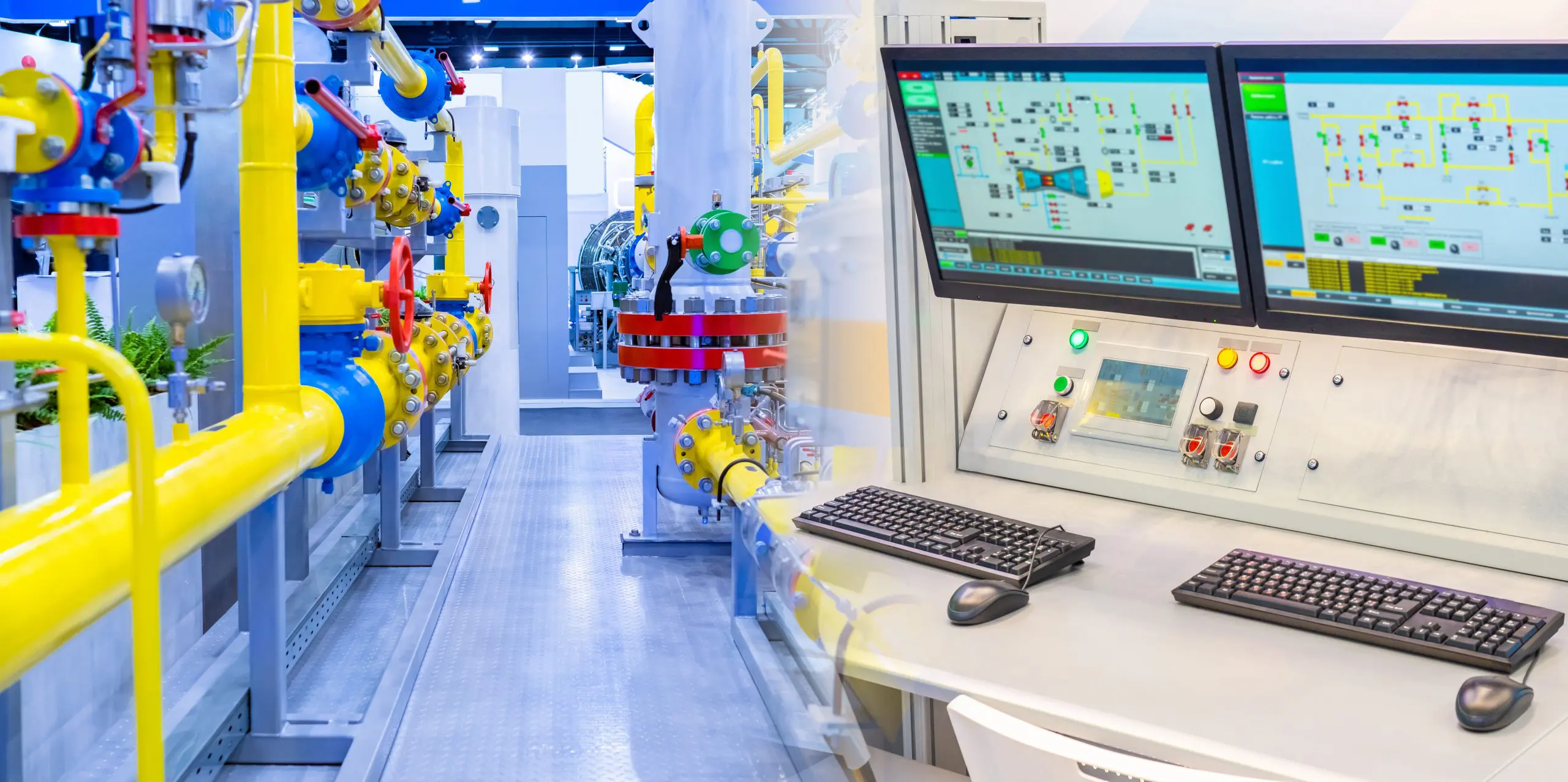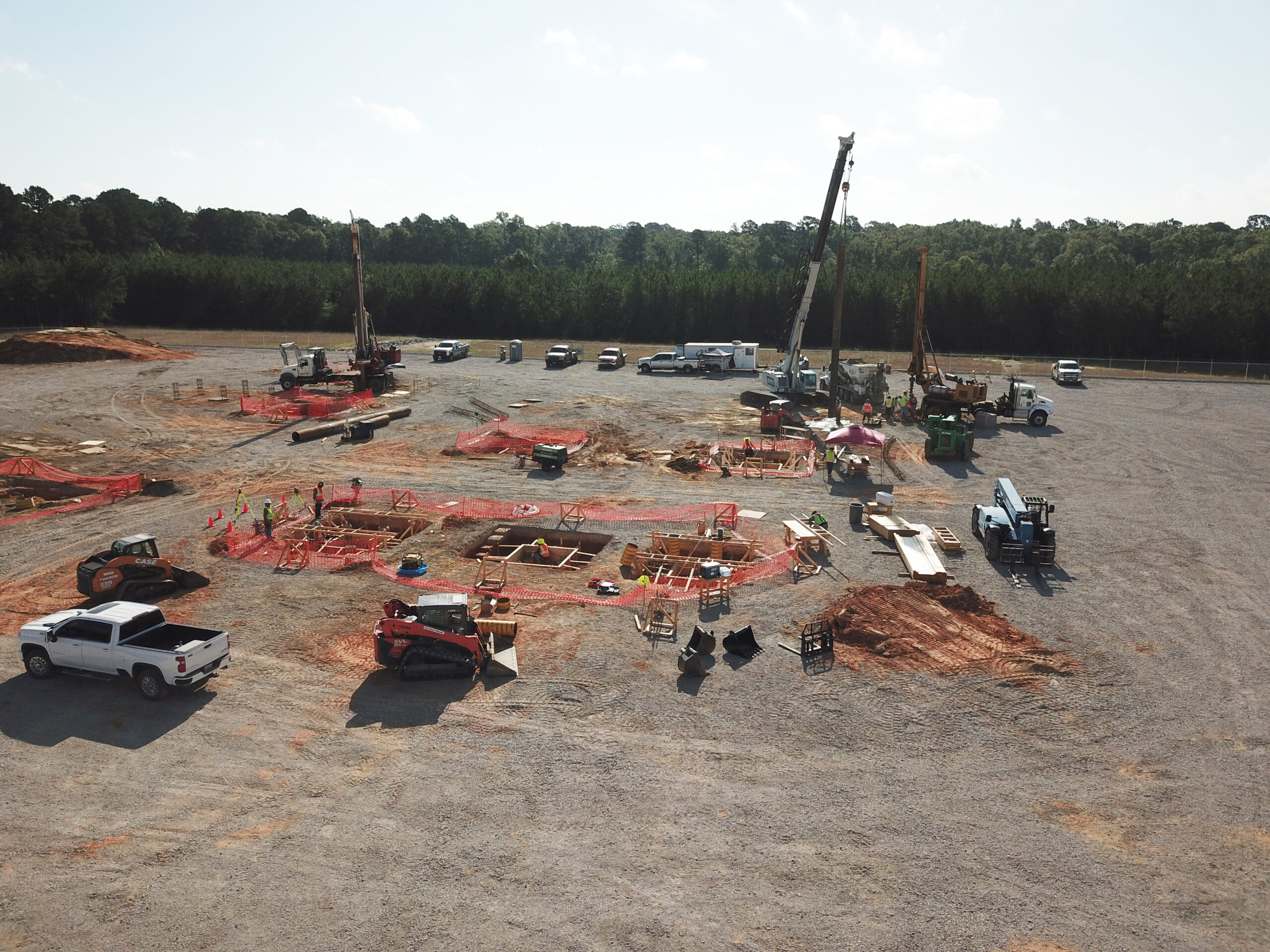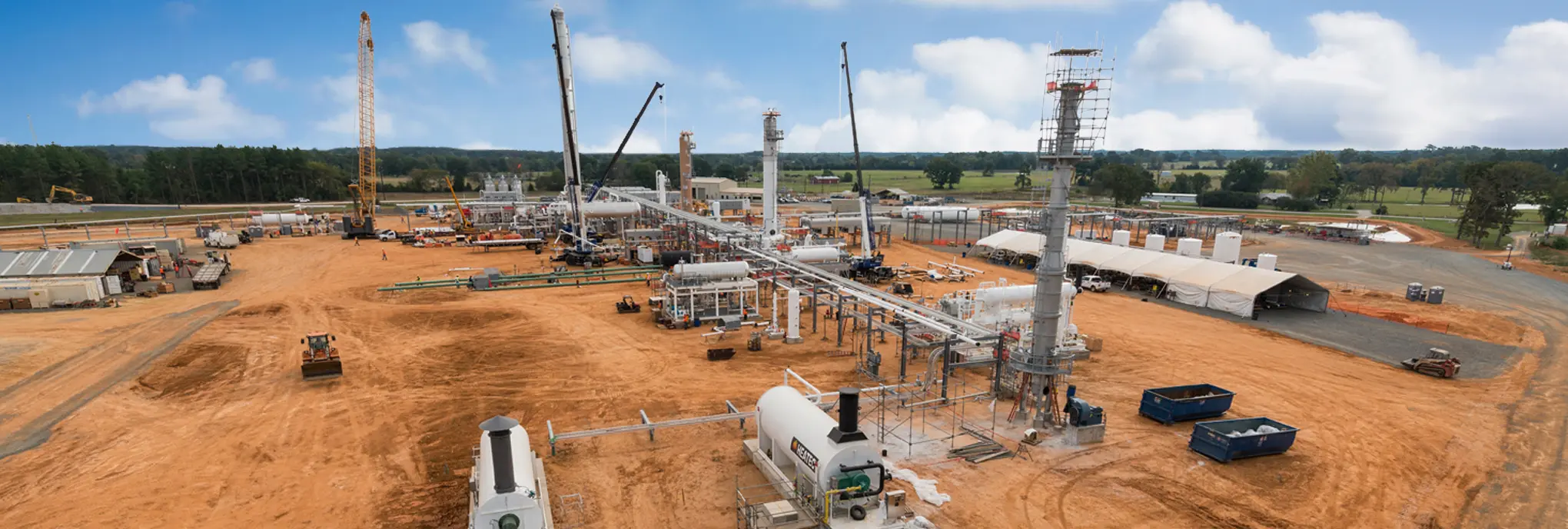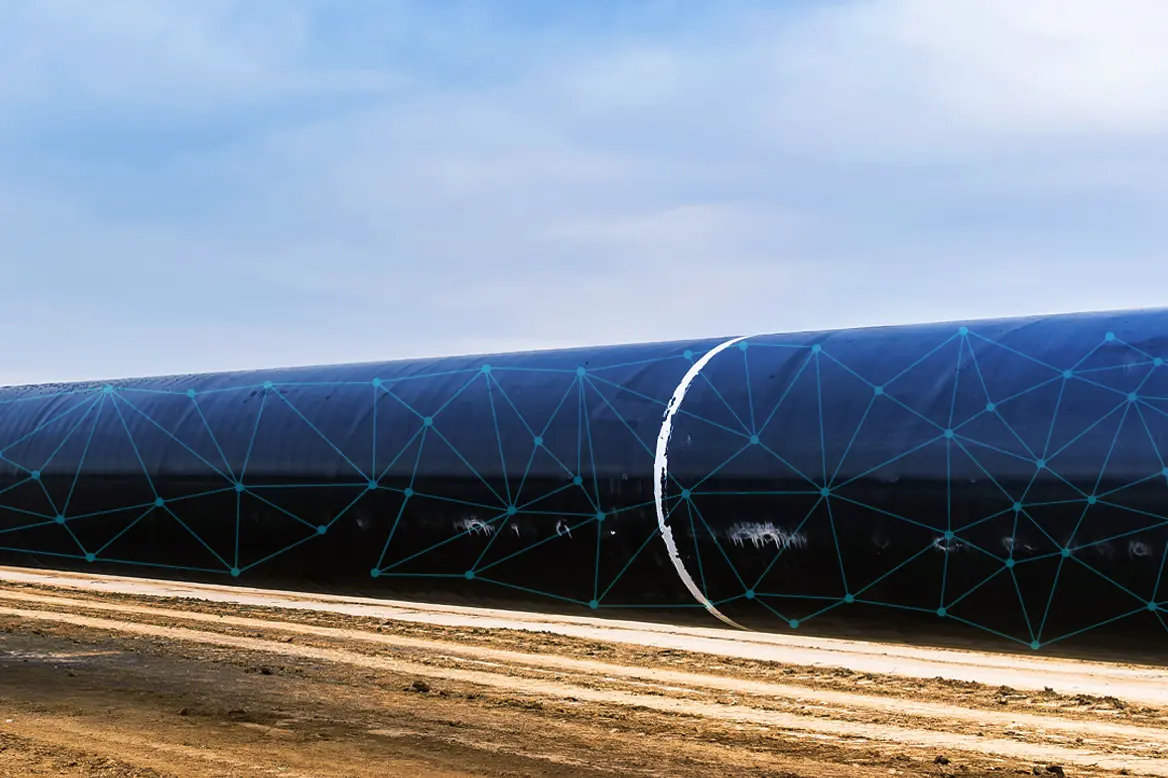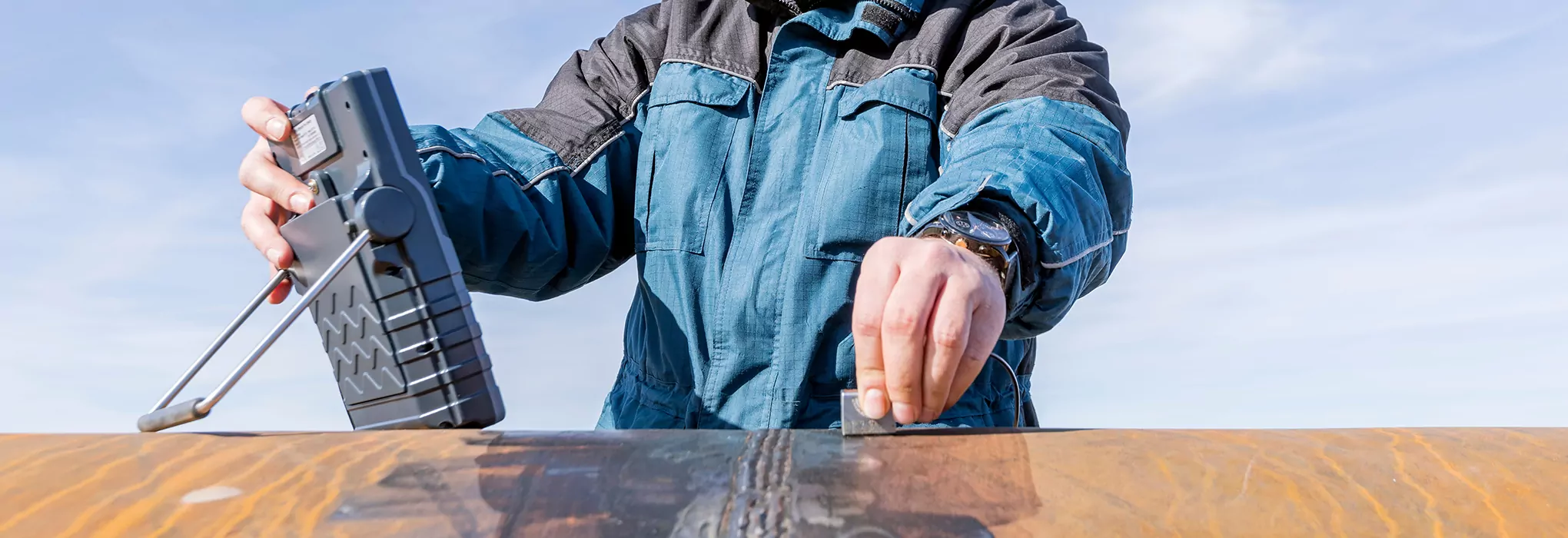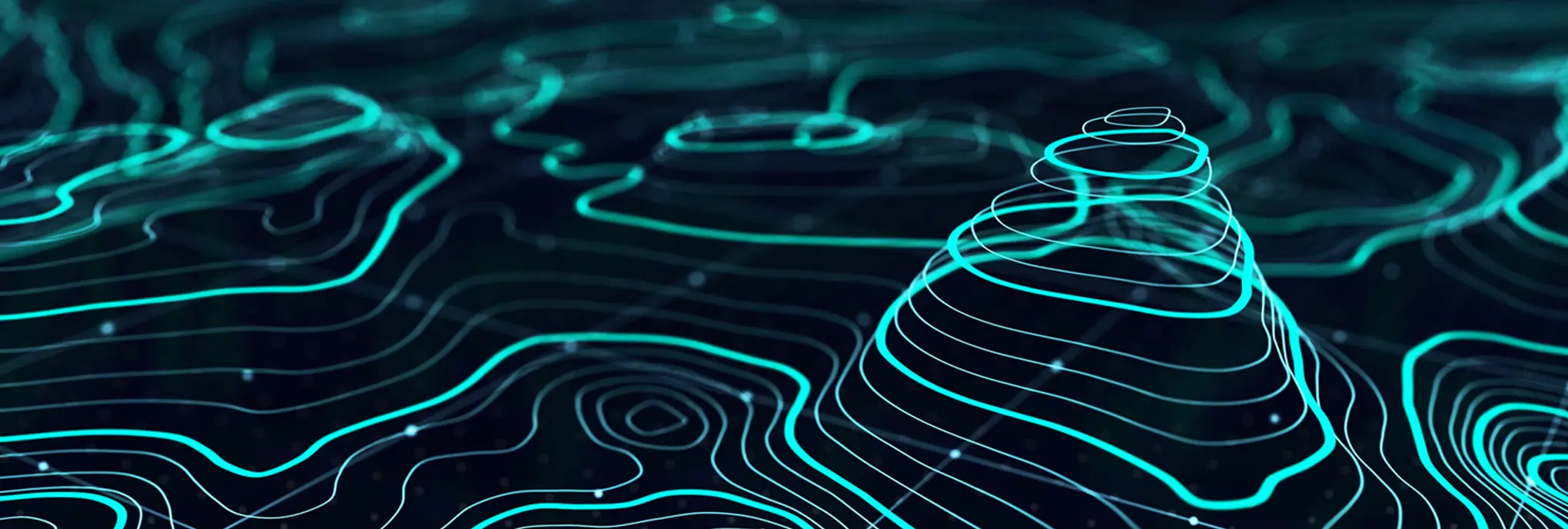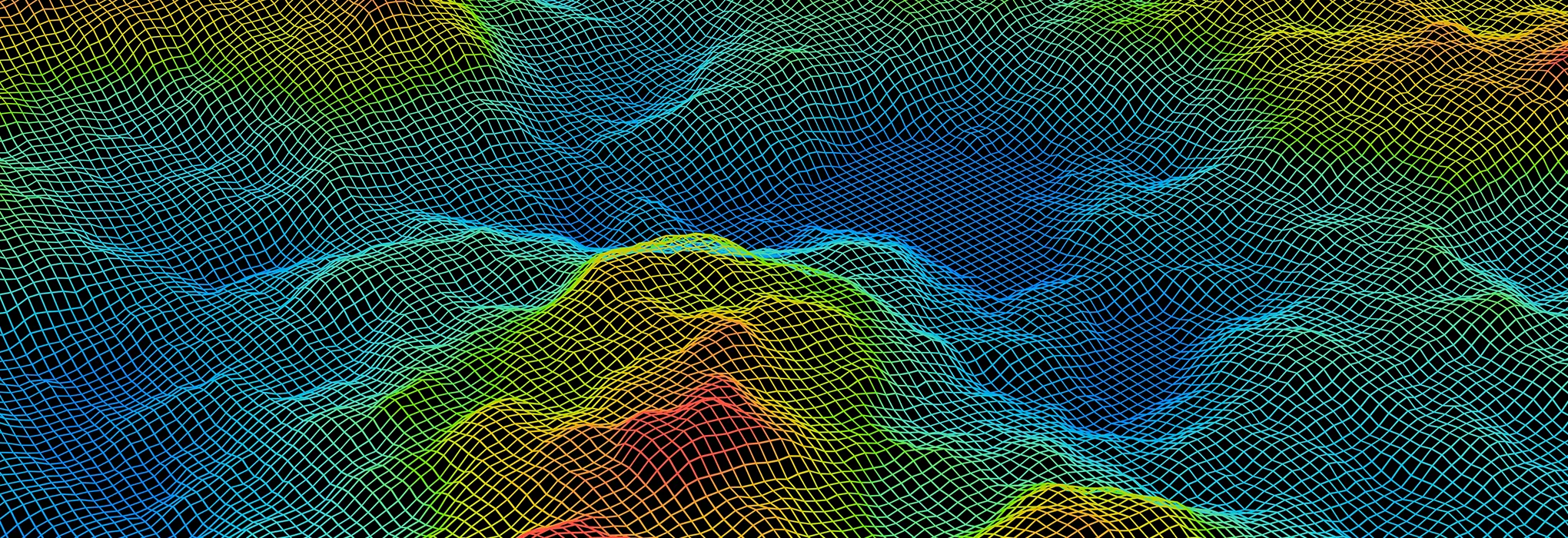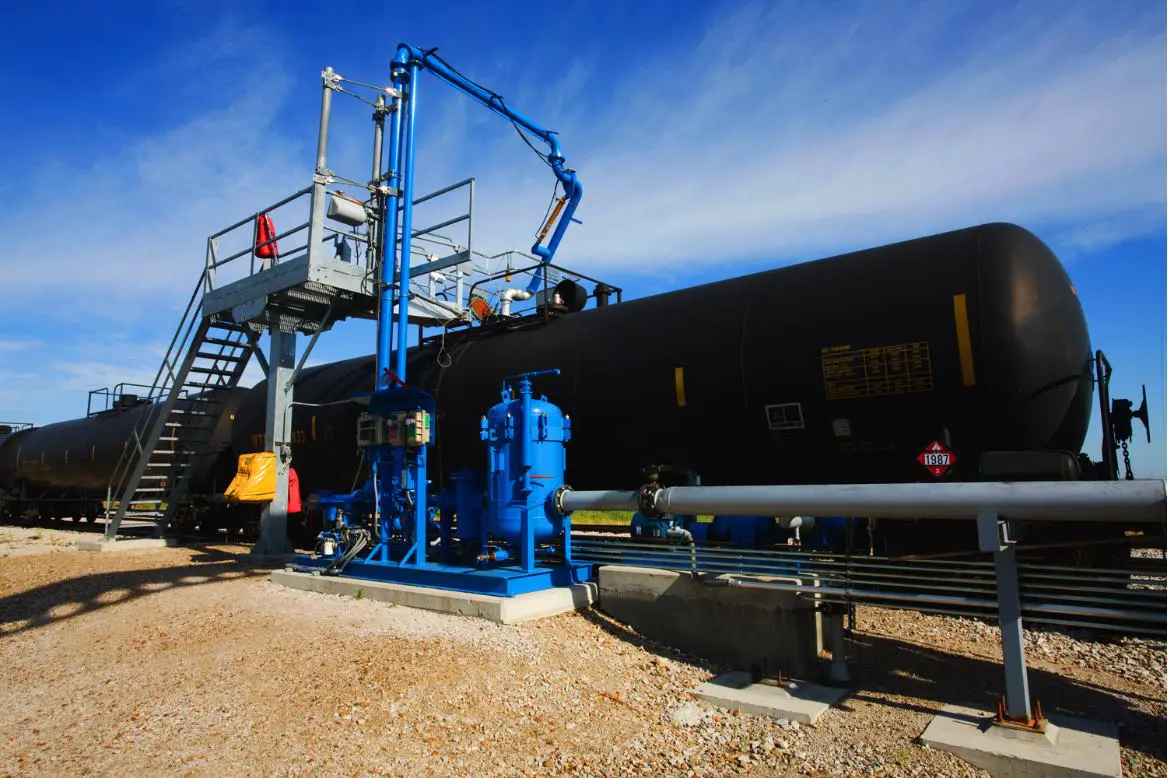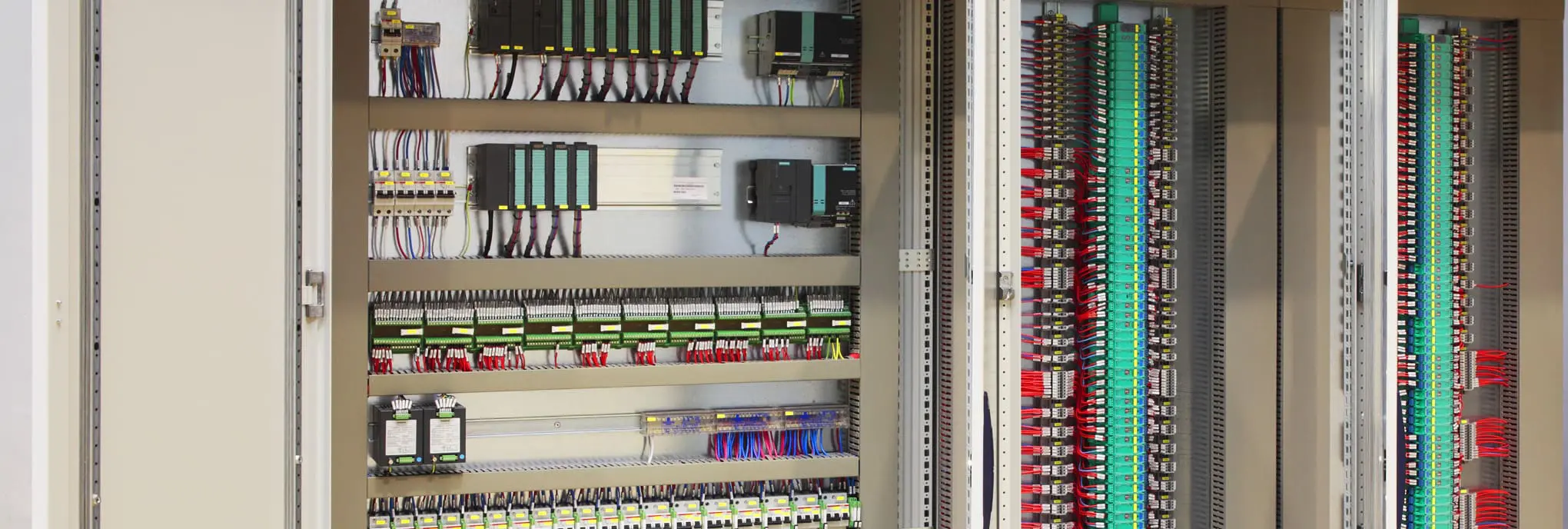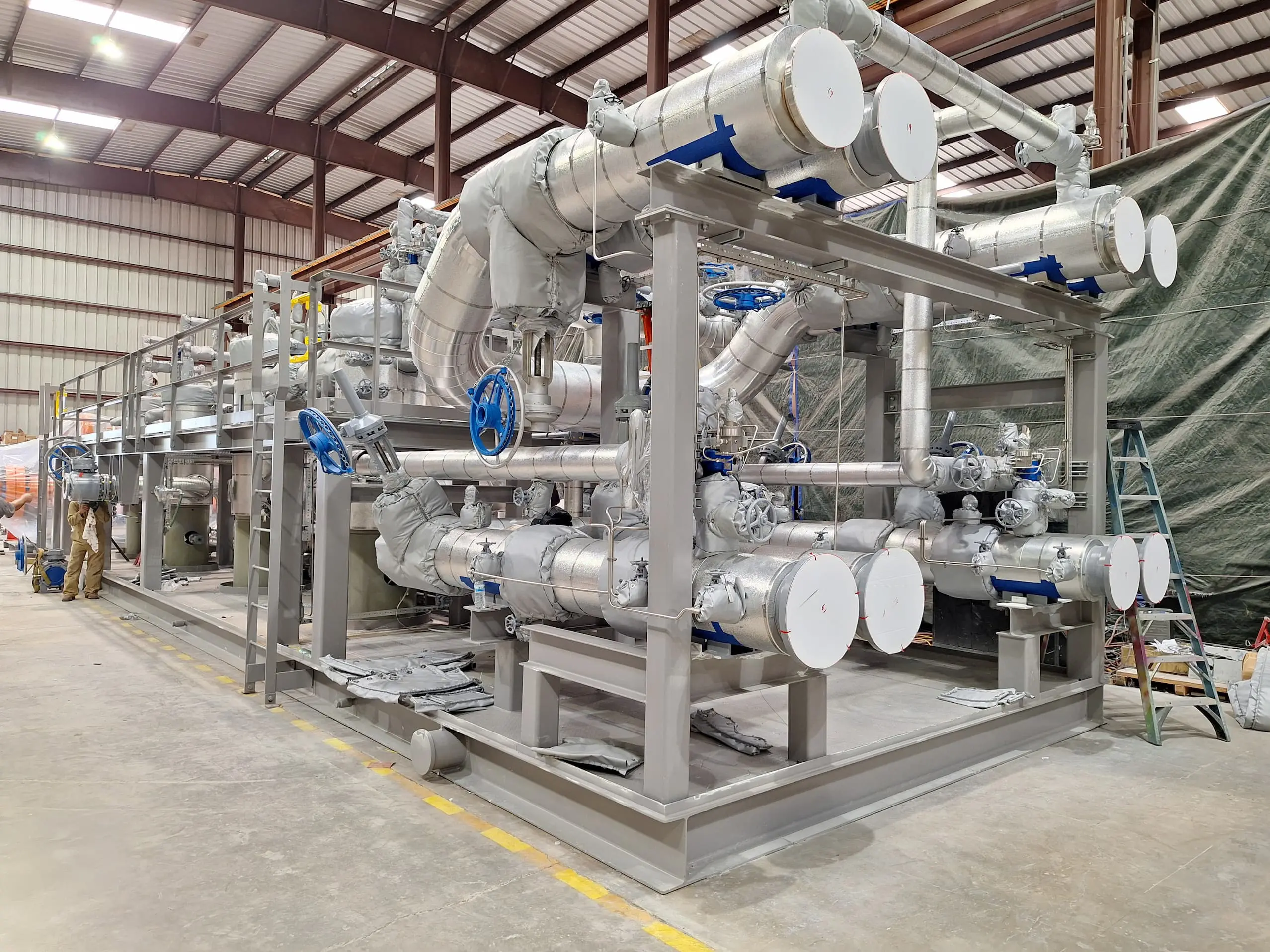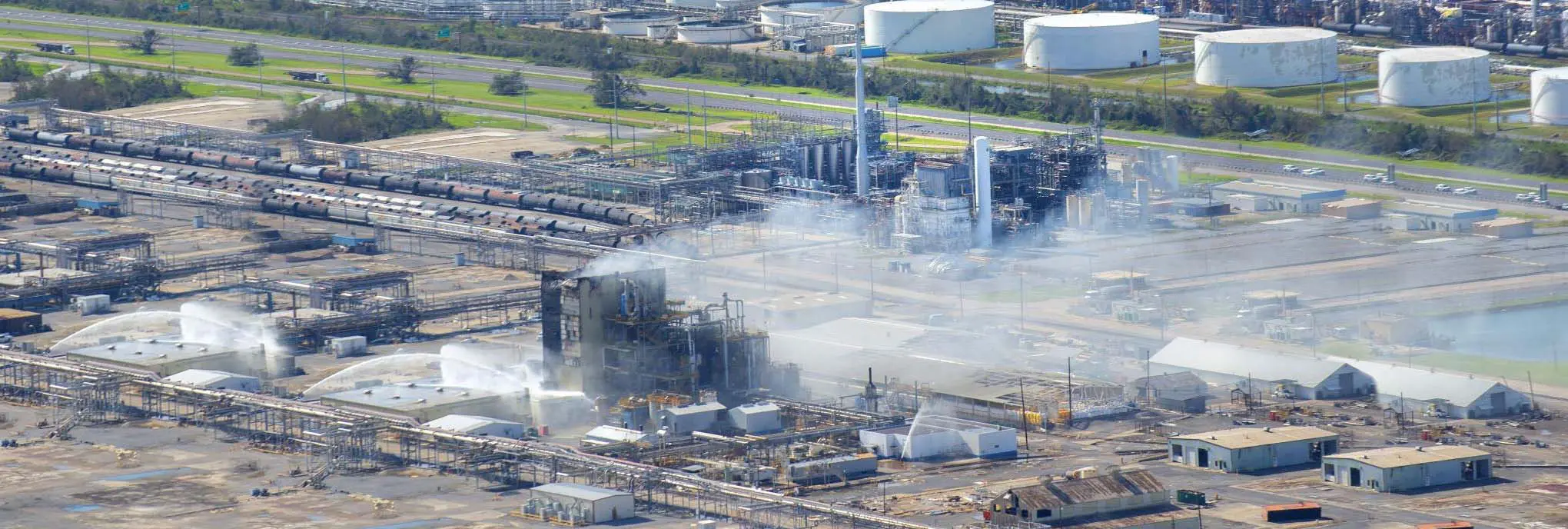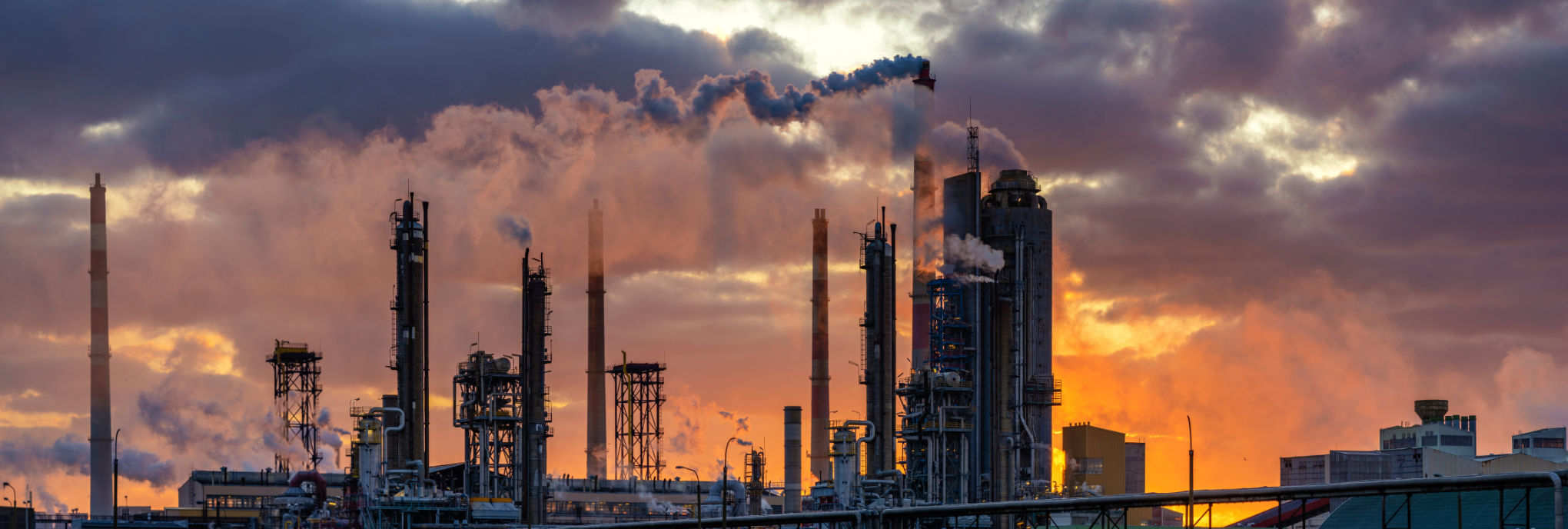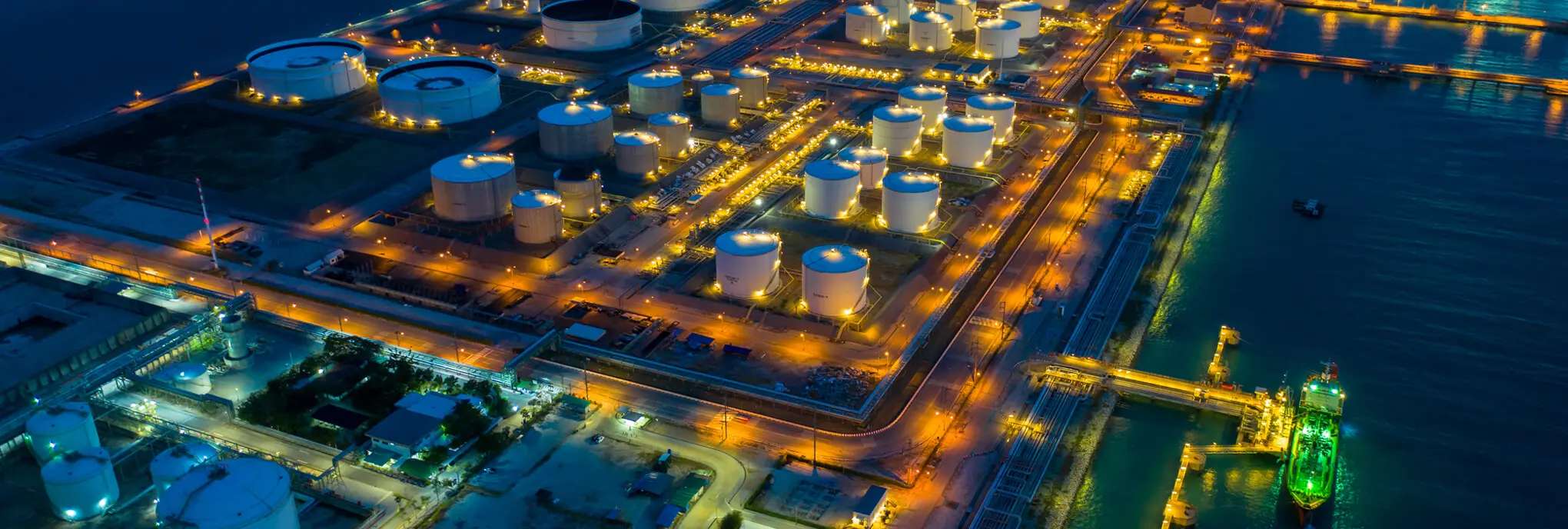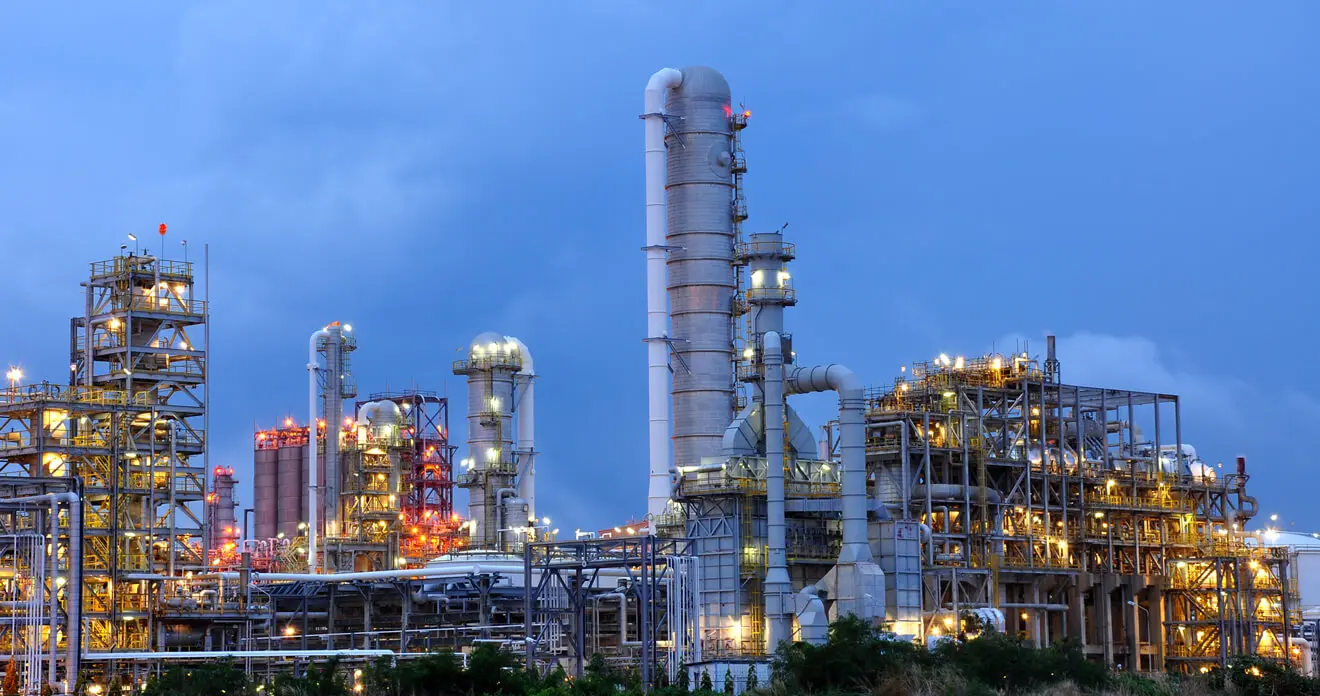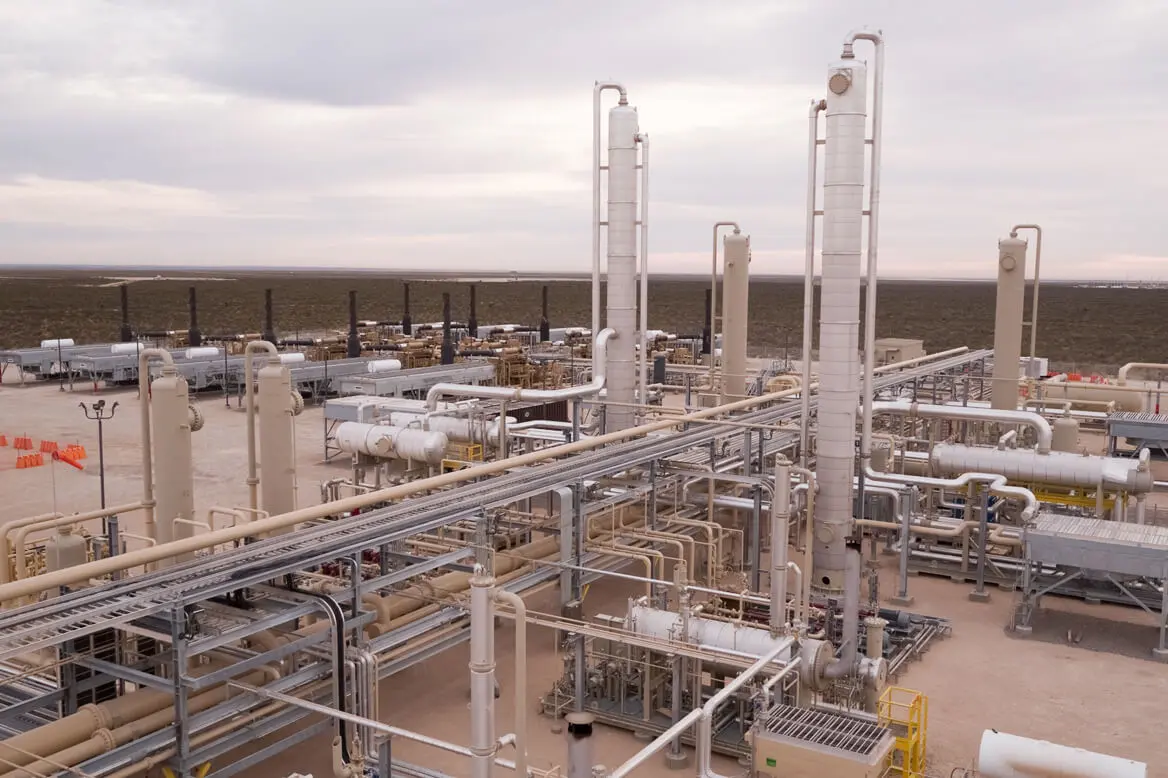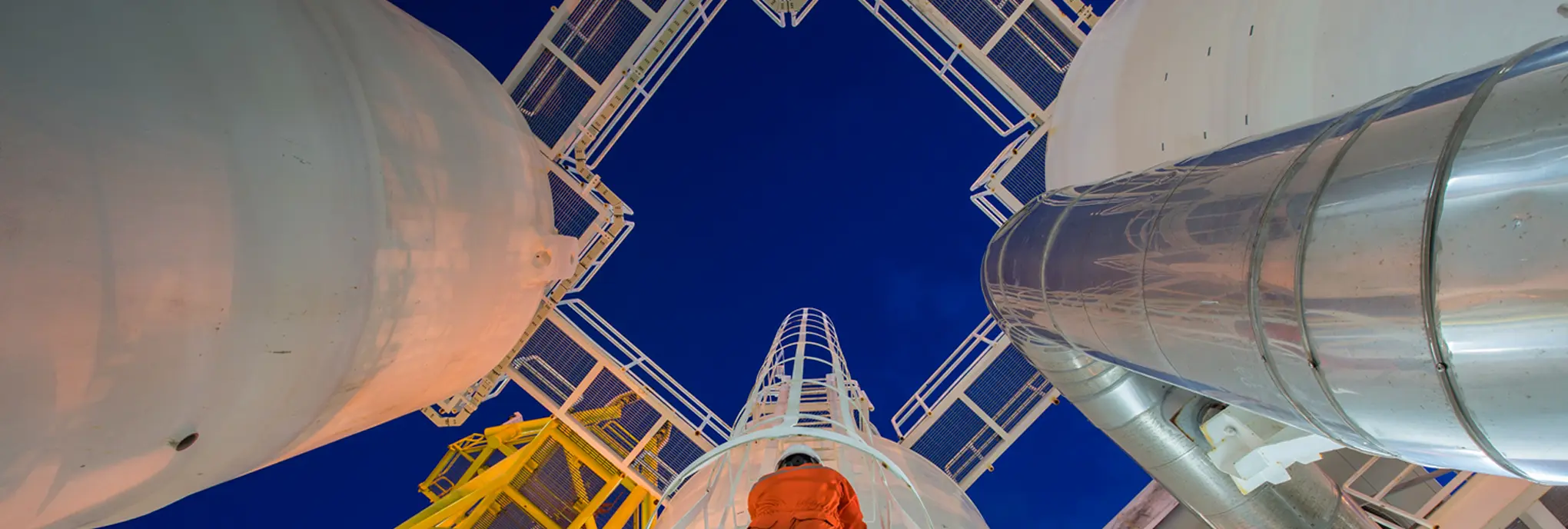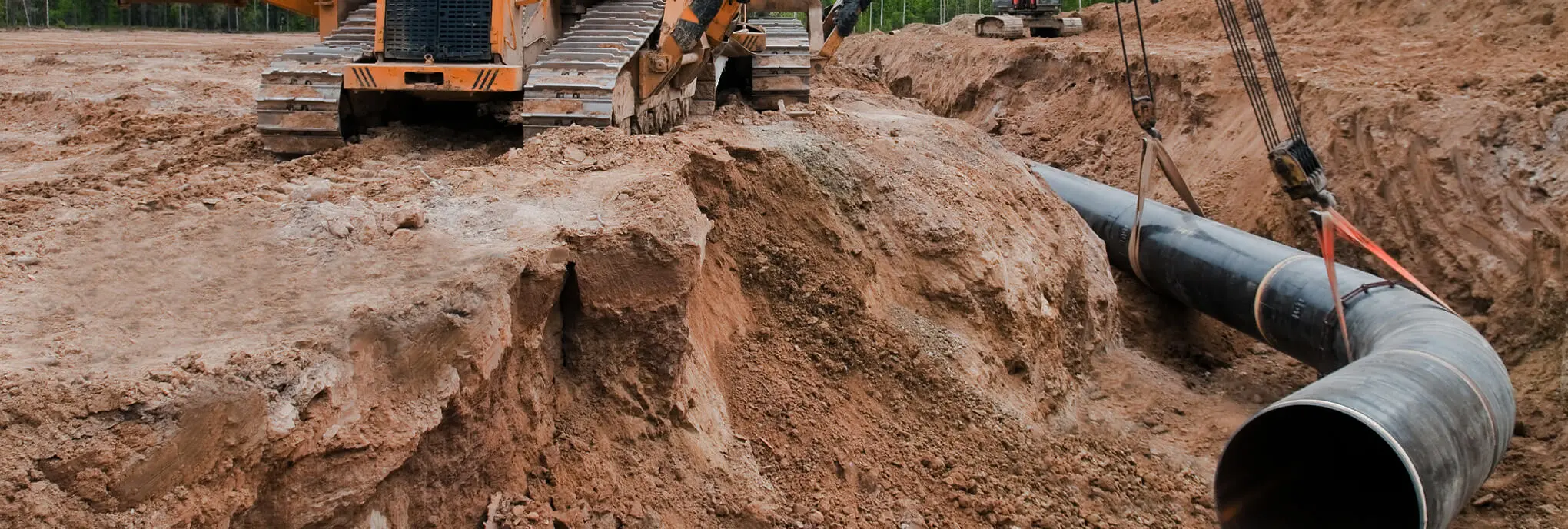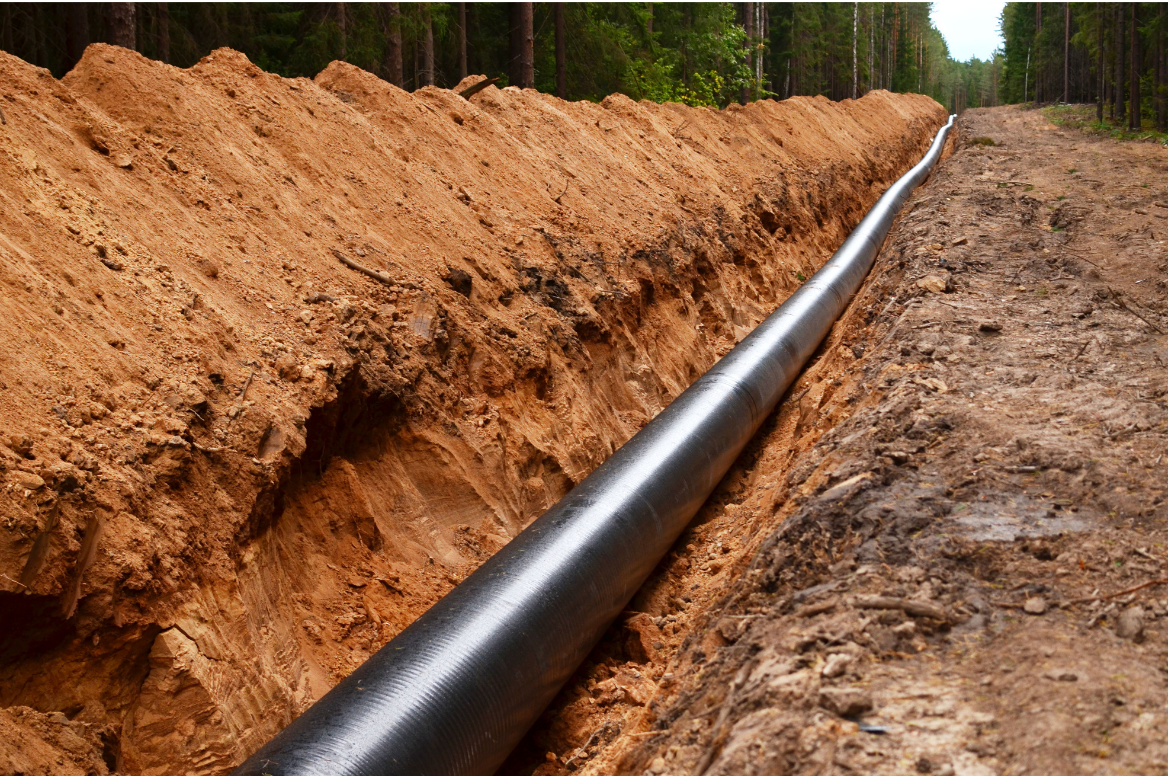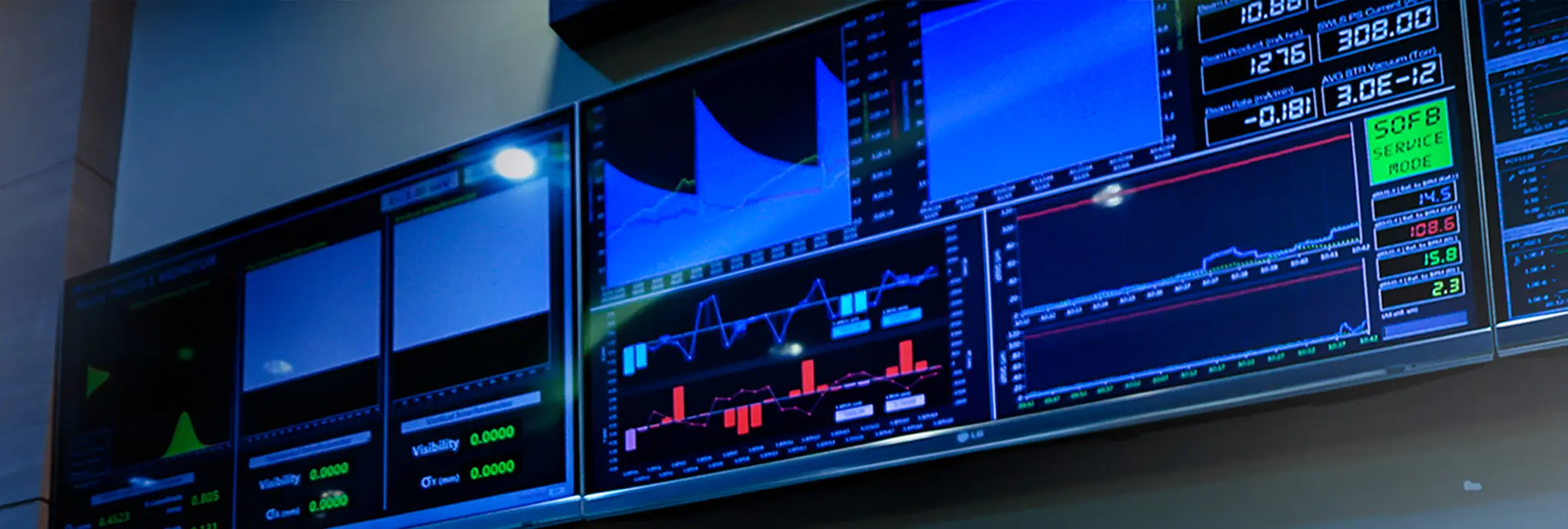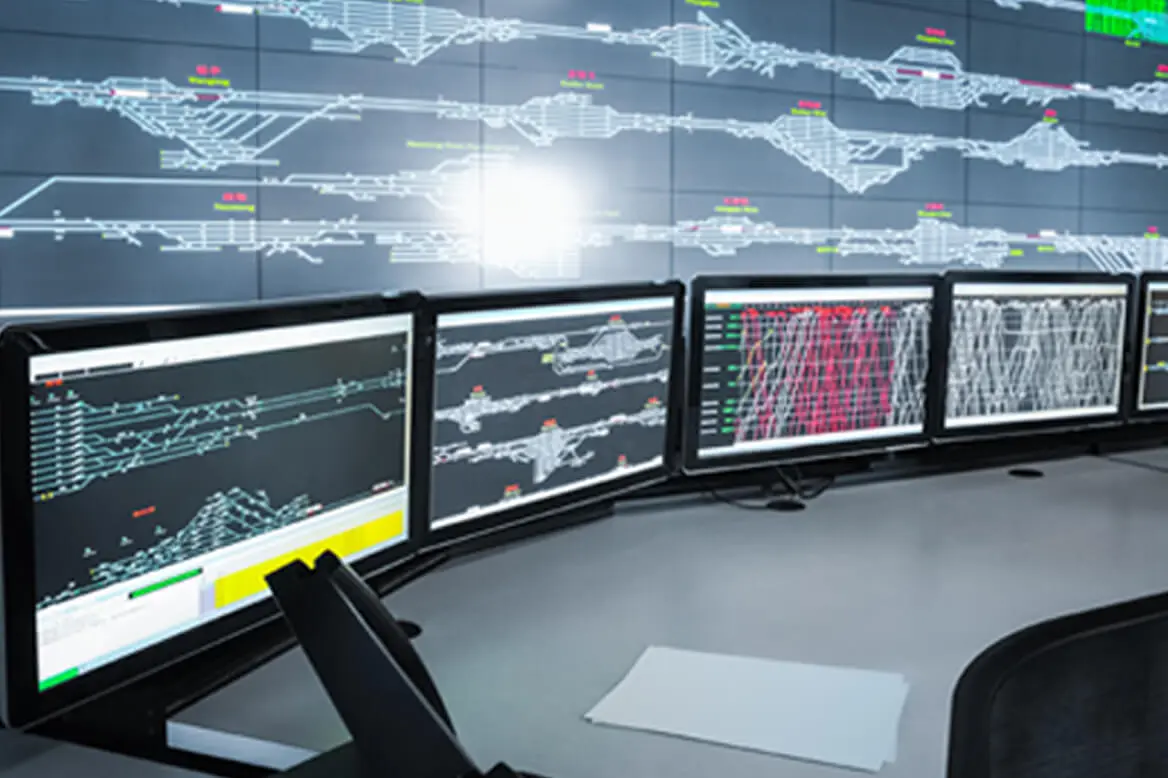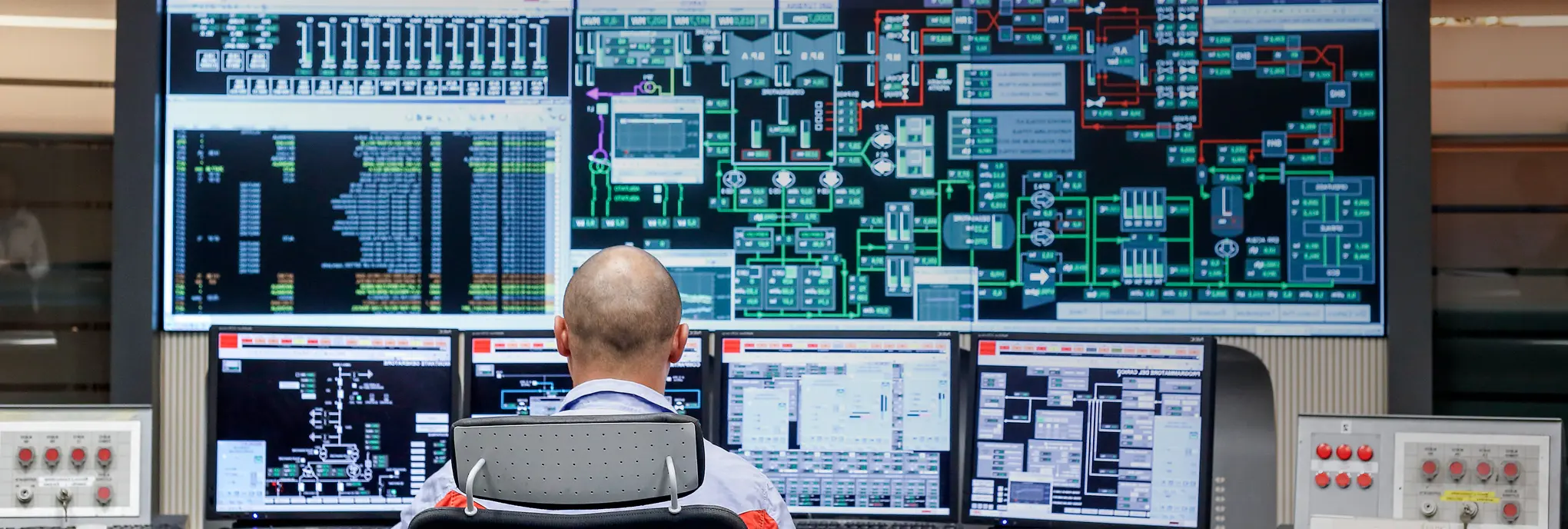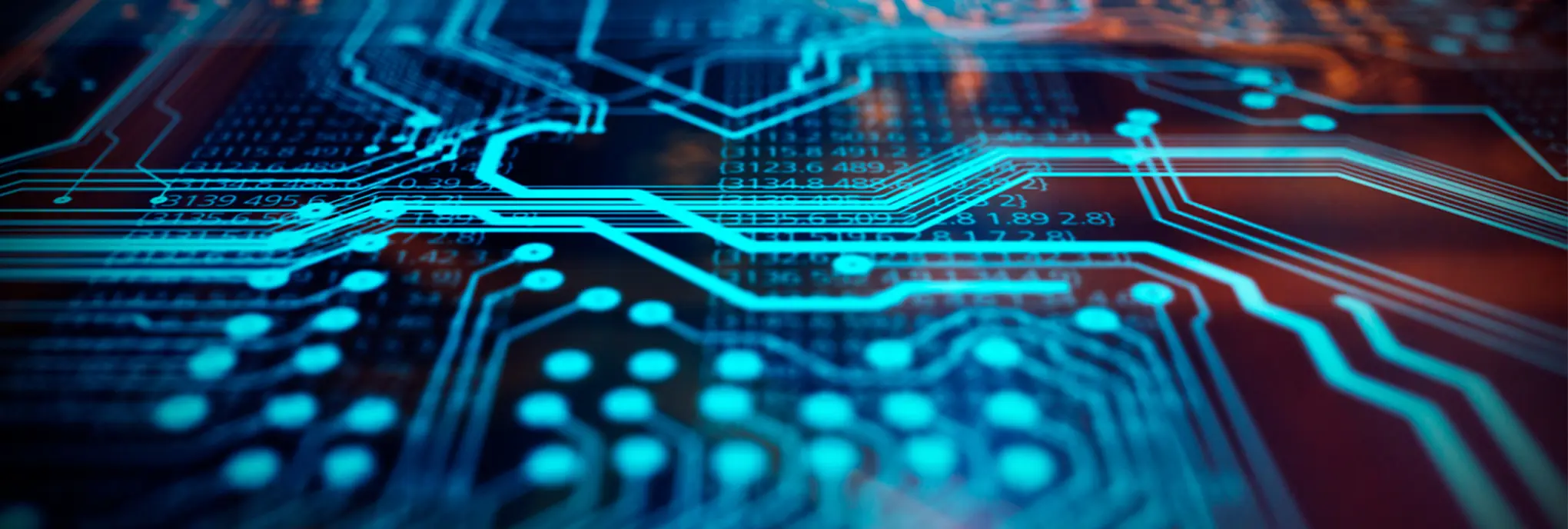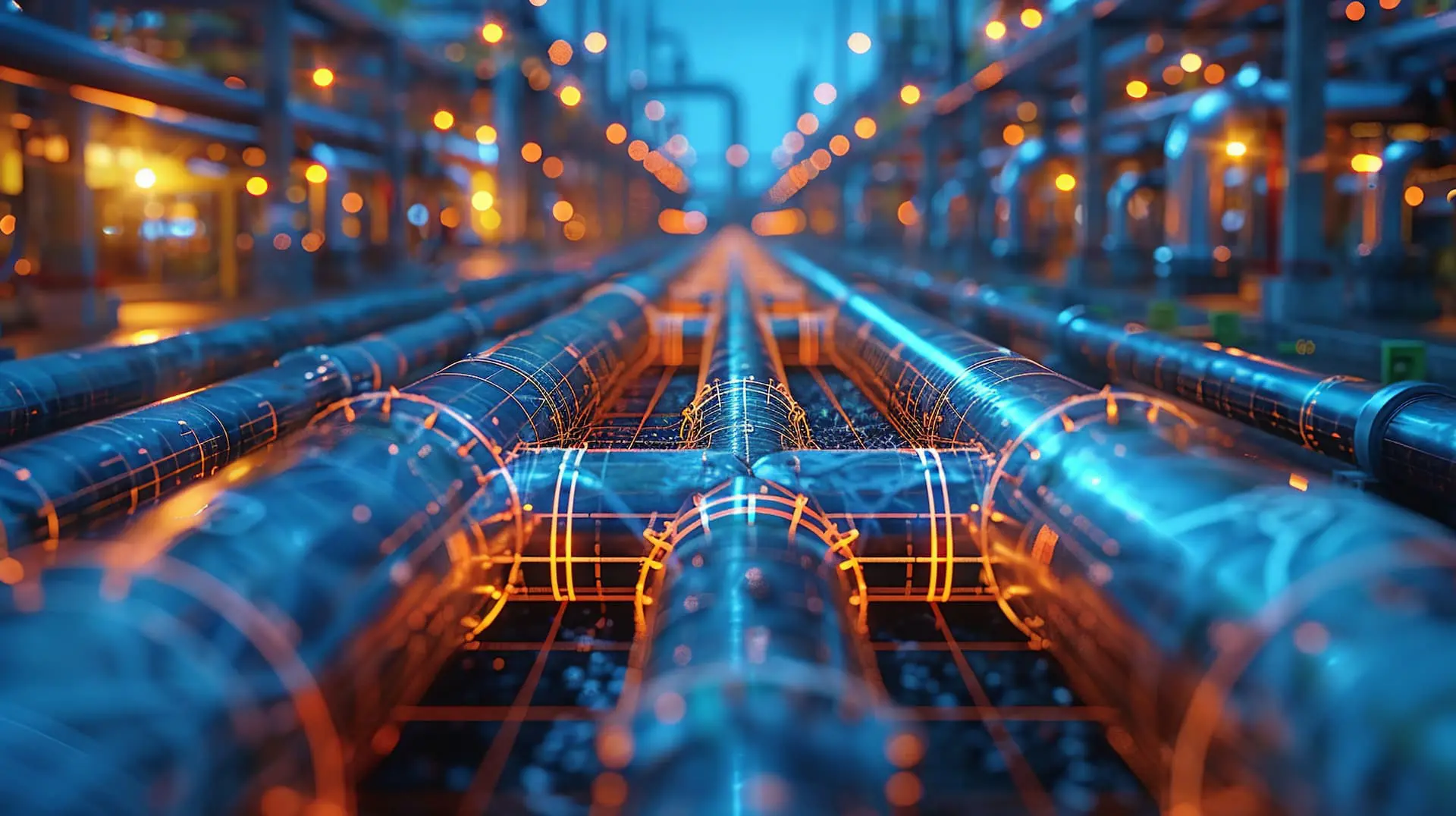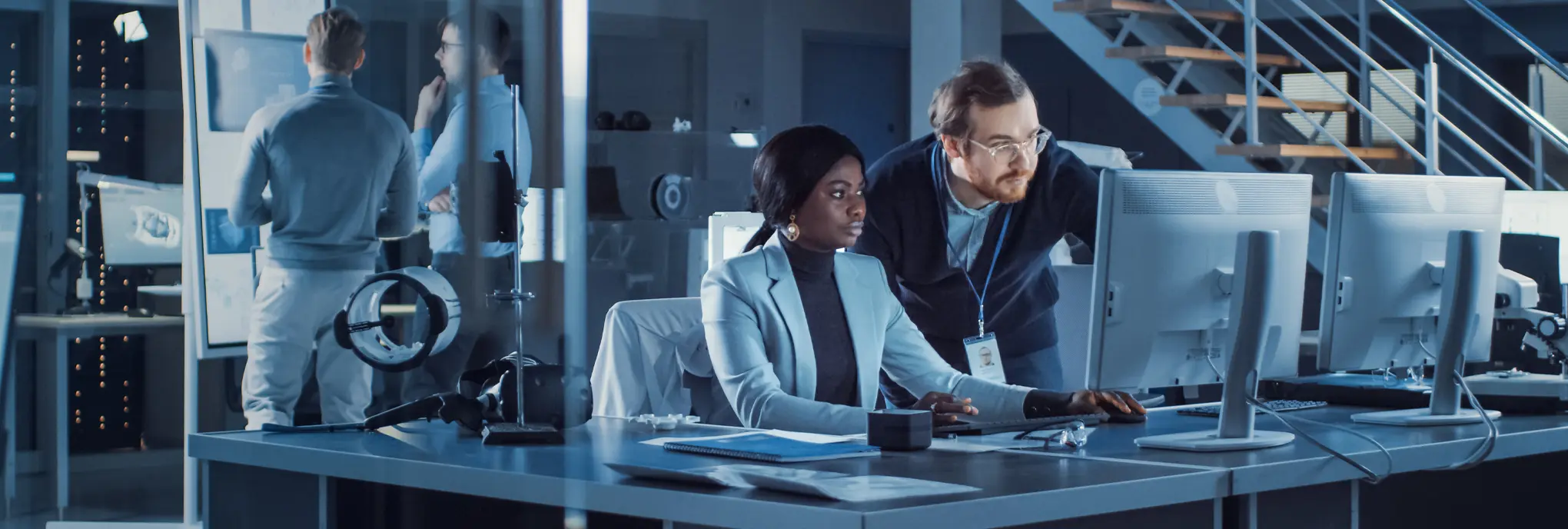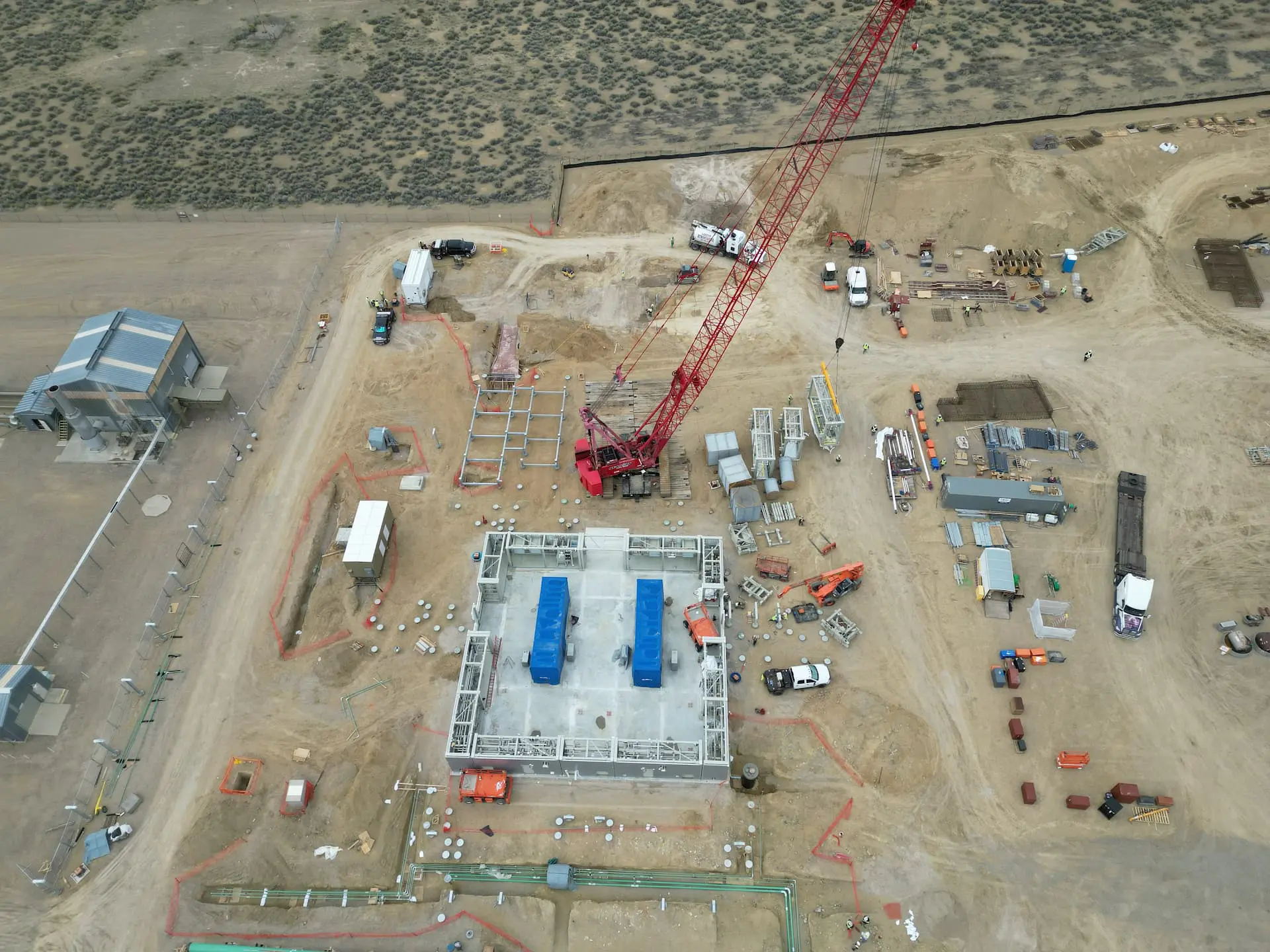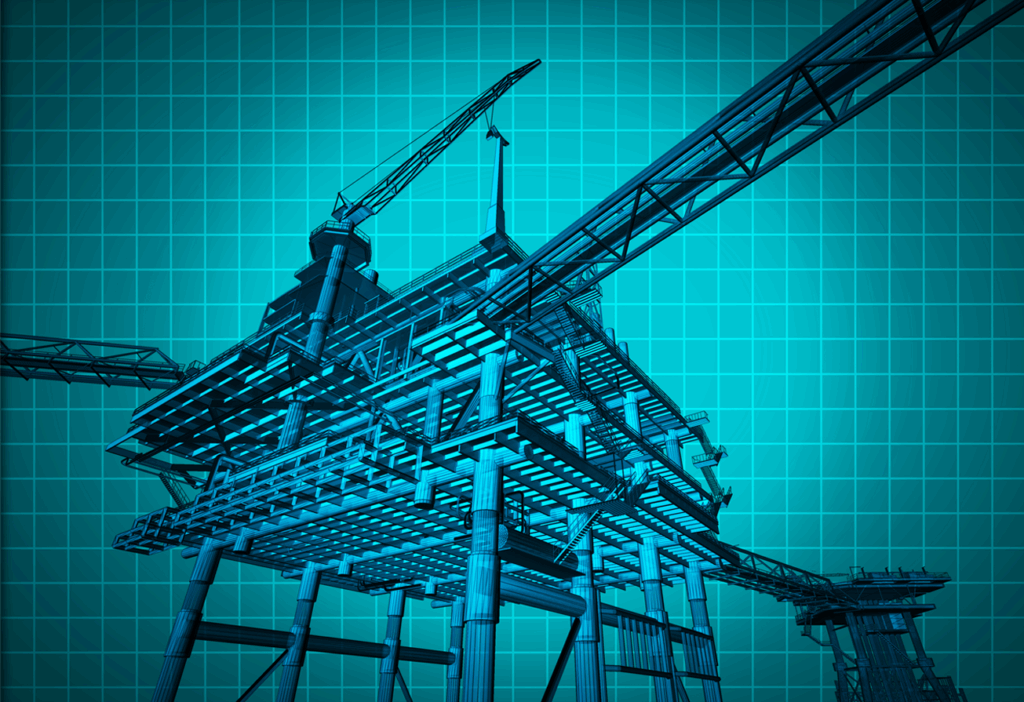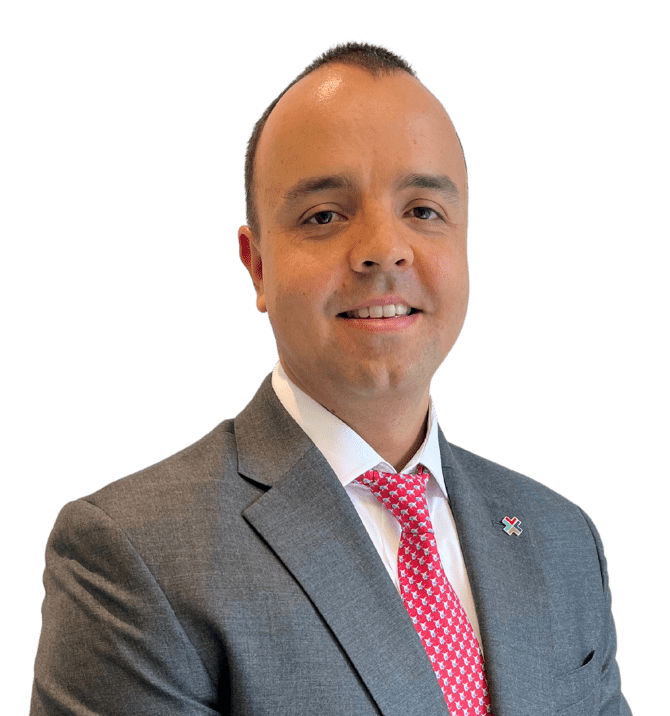

Want to share this article?
Audubon Overcoming the Challenges of Deepwater Topside Construction
Deepwater topside platform design is one of the most challenging tasks associated with offshore oil and gas exploration today.
From FPSOs and TLPs to SPARS and semi-submersibles, the companies that possess the engineering capabilities, both operational and economic, required to develop these facilities are few and far between.
Because deepwater formations present a wide range of difficult obstacles that aren’t necessarily encountered during conventional onshore operations, the installation of topside platforms requires an unparalleled degree of both planning and precision. Offshore facilities designed by Audubon have been tailored not only to withstand the harsh environmental conditions of the particular region in which they are located, but also to meet the unique production demands of the client.
Historically, weight and space issues have made module addition (compressor modules, waterflood modules, quarters modules, utilities, process equipment, etc.) a challenging task as well. More mass generally means more money and as a result, weight control programs and procedures play a critical role in optimizing spending. To better achieve this, Audubon employs weight control experts, whose sole purpose is to monitor progress and adjust contingencies as needed during the different phases of design.
Increasingly strict brownfield requirements and more complicated regulatory and permitting processes have also posed problems during the topside design process. In an effort to eliminate repetitive submittals and keep projects on schedule, Audubon uses an in-house team of regulatory personnel who ensure that designs are in accordance with all applicable regulatory agencies, including DNV, ABS and BSEE.
Audubon uses PDMS for executing all deepwater topside design projects. This is particularly unique due to the utilization of functions that track model progress for project status such as design, checking and IFC. Model components are also color-coded to reflect the status of tools and assets such as steel, piping and cable trays, among many others.
No matter the specifications and challenges unique to deepwater projects, Audubon has the experience and technical knowhow to develop a solution.
